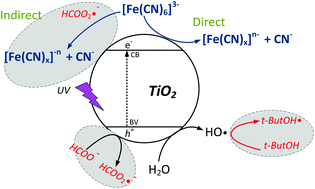Abstract
The most cost-effective test is fine needle aspiration cytology (FNAC). Many surgeons use intraoperative frozen section to confirm the FNAC findings and to guide the extent of thyroid surgery. Though it is a valuable tool in the diagnosis of the thyroid lesion and determining the extent of thyroid surgery, still in certain cases diagnosis can be incorrect or inconclusive, so histopathology of the excised specimen remains the most reliable test. The purpose of this study will be to compare the result attained by FNAC and frozen section of the thyroid to the final histopathological diagnosis, in order to establish their role in thyroid surgery today. A retrospective study with a total of 140 patients who underwent thyroid surgery at the ENT department, of a tertiary hospital in coastal Karnataka. The sensitivity, specificity, positive predictive value, negative predictive value, and accuracy were calculated for FNAC and frozen section. The sensitivity, specificity, positive predictive rate, and negative predictive rate of frozen section was found to be 66.7%, 88.4%,76.6%, 82.4% respectively for detecting malignancy. This was found to be higher than the results of FNAC for the same which were 64.4%, 77.8%, 64.4%, 77.8% respectively. As the sensitivity of FNAC is similar to frozen section in detecting malignant cases, FNAC is a good tool for screening the patient for determining malignancy in thyroid, but frozen section is more specific in confirming the malignancy.
from #Head and Neck by Sfakianakis via simeraentaxei on Inoreader https://ift.tt/2R7wDvk



